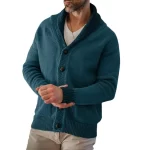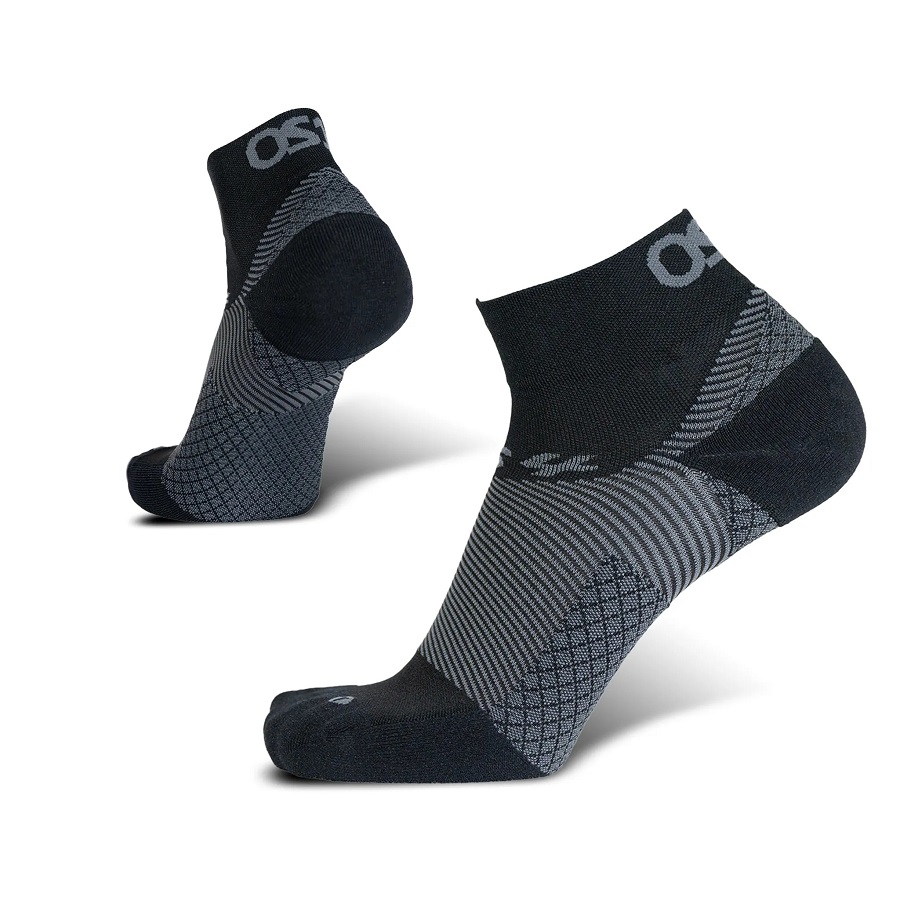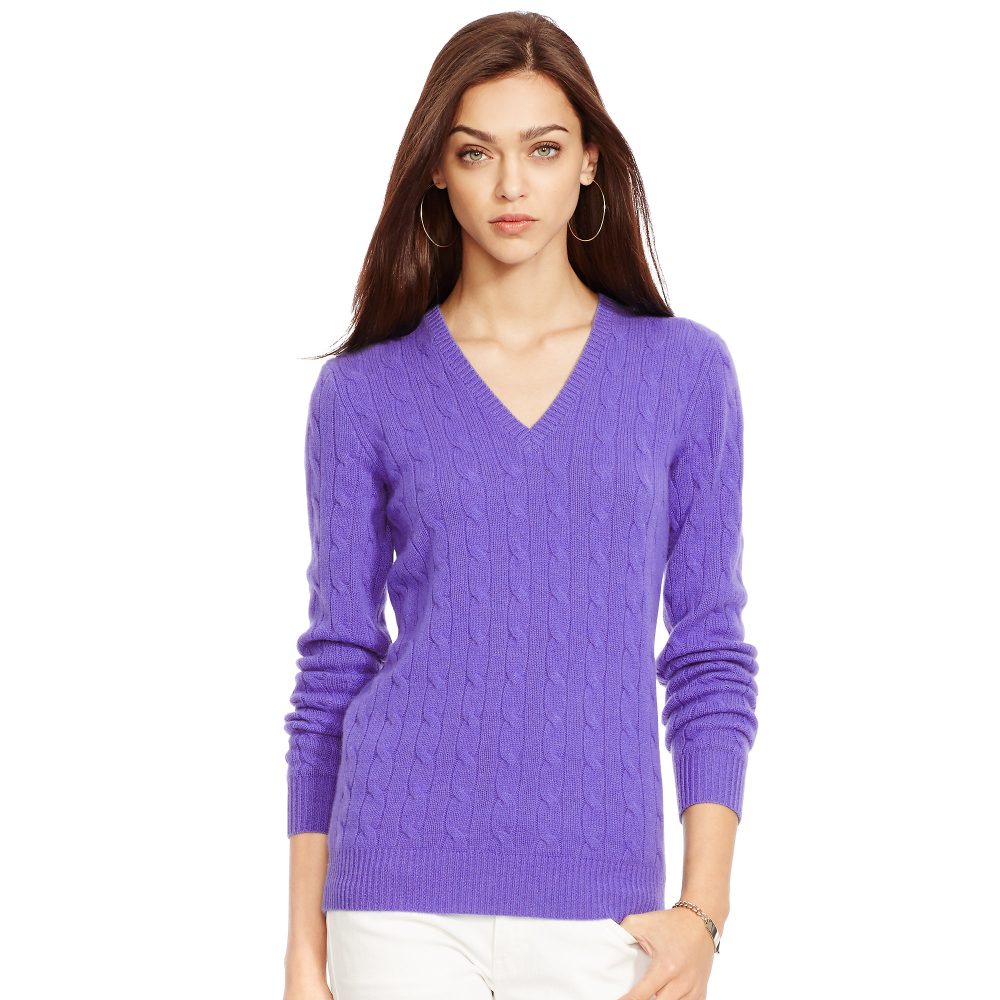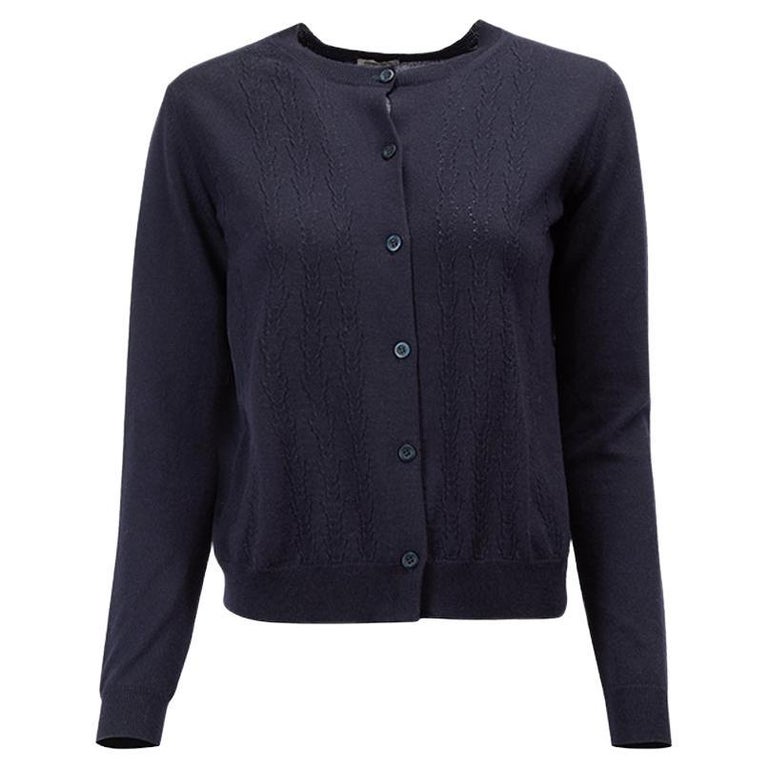The Basics of Compression Socks
Compression socks are specialized hosiery designed to promote circulation. These garments typically apply gentle pressure to your legs and ankles. This helps to reduce swelling and can improve blood flow. The level of compression varies among different socks. It is usually measured in millimeters of mercury (mmHg). Standard levels range from light (8-15 mmHg) to extra firm (30-40 mmHg).
When choosing how to wear compression socks, consider the fit. They should feel snug, but not painfully tight. Make sure they extend from your toes to just below the knee or higher if they are thigh-highs. The heel should fit into the pocket of the sock. The top band should secure the socks without pinching.
Compression socks come in various sizes and styles. This makes them suitable for different body types and personal preferences. Knowing how to wear compression socks correctly is key. It ensures you benefit from their features without discomfort. Remember to consult your healthcare provider before starting to use compression socks. Especially if you have any health concerns.
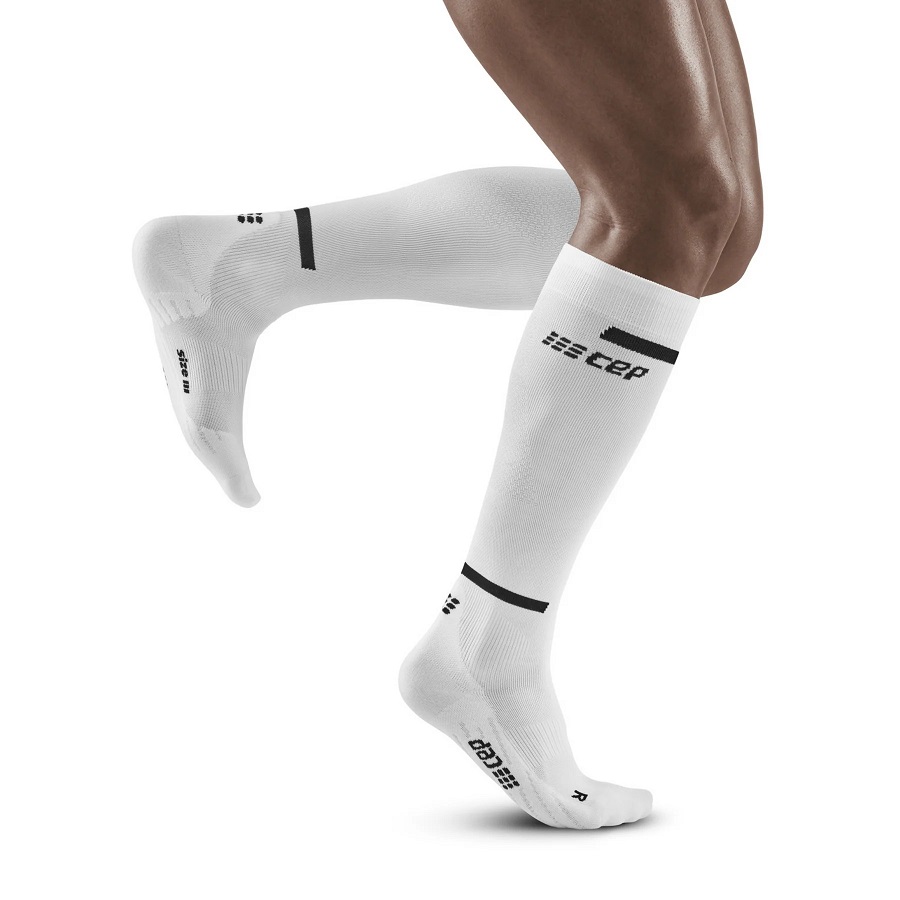
When to Wear Compression Socks
Compression socks offer support during various activities and conditions. They are ideal when you plan to stand or sit for long periods, like during flights or office work. Athletes often wear them for increased circulation during workouts or recovery. People with medical conditions such as varicose veins, lymphedema, or diabetes can benefit daily. Pregnant women may wear them to alleviate swollen feet and reduce the risk of clots. Post-surgical patients are advised to wear compression socks to prevent blood clots. It’s essential to consult a healthcare professional on when to wear compression socks. This ensures suitability for your specific health needs. Remember, the goal is to boost comfort and health benefits without any risk. Consider the duration when planning how to wear compression socks for the best results.
Choosing the Right Compression Socks for Your Needs
Choosing the right compression socks involves several factors. Comfort, purpose, and the level of compression all play a role. Use these tips below to find the perfect pair for your needs.
Determine your purpose for wearing compression socks
Firstly, consider why you need compression socks. Are you an athlete looking for performance support? Or do you require them for medical reasons, such as varicose veins? Identifying your goal will guide you in selecting the level of compression.
Know the different levels of compression
Compression levels vary from mild to extra firm. Mild compression (8-15 mmHg) aids in everyday comfort. Moderate to firm levels (15-30 mmHg) can help with mild to moderate swelling. Extra firm compression (30-40 mmHg) is often used for severe conditions. This should only be chosen with a doctor’s recommendation.
Assess the fit
The fit of compression socks is crucial. They should be tight enough to apply gentle pressure but not so tight as to cause pain. Measure your legs to ensure you get the right size. The socks should cover your entire area of concern without bunching or slipping.
Choose a style
Compression socks come in a range of styles. There are knee-highs, thigh-highs, and full tights. Consider your personal style and the kind of shoes you’ll be wearing. This can affect your decision.
Consider the material
Compression socks are made from various materials. Some have moisture-wicking properties, ideal for workouts. Others offer extra cushioning for comfort. Choose a material that suits your activity level and personal comfort preference.
Remember, always discuss with a healthcare provider before starting or changing compression therapy. They can advise on how to wear compression socks safely and effectively.
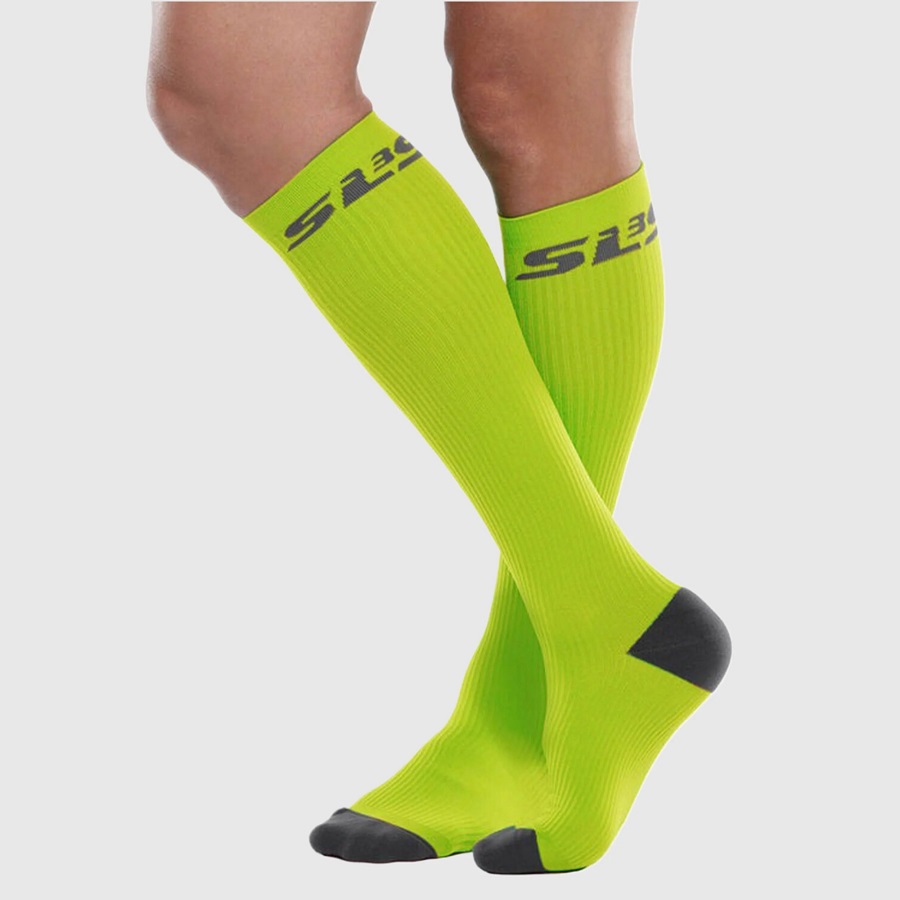
Step-by-Step Guide to Putting On Compression Socks
Putting on compression socks correctly is crucial for their effectiveness. Here’s a simple, step-by-step guide for proper application:
1. Start by rolling the sock down: Turn the compression sock inside out, stopping at the heel. This makes it easier to put the sock onto your foot.
2. Insert your foot: Carefully place your foot into the sock’s toe area and gently roll the sock over your heel. Ensure your foot is seated snugly.
3. Pull the sock up: Gently unroll the sock up your leg. Never yank or pull too hard as this can damage the sock or your skin.
4. Smooth out wrinkles: Once the sock is in place, smooth out any wrinkles by lightly running your hands along the fabric.
5. Adjust for comfort: Make sure the sock’s band isn’t too tight. It should sit flat against your skin without digging in.
6. Check the heel position: Ensure the heel of the sock matches up with your own heel. If necessary, gently shift the sock until it fits correctly.
7. Confirm the length: The top of knee-high socks should sit just below the bend of your knee. Thigh-highs should reach the lower portion of your thigh.
When learning how to wear compression socks, patience is key. If you’re struggling, there are special tools like donning gloves and devices to assist. Remember to reposition your socks throughout the day, as needed, to maintain proper fit and comfort.
Dos and Don’ts of Wearing Compression Socks
To maximize the benefits of compression socks, it’s important to follow some general guidelines. Ensure your experience with these garments remains positive and health-centric by adhering to these dos and don’ts.
The Dos of Compression Socks
- Do consult a healthcare provider: Before starting to use compression socks, seek advice from a professional, especially if you have health concerns.
- Do measure your legs: For the best fit, take exact measurements of your legs to find the right size.
- Do check the compression level: Match the level of compression to your specific needs, whether for athletic support or medical reasons.
- Do put them on correctly: Follow a step-by-step guide to avoid damage to the socks or discomfort on your skin.
- Do wear them at the right times: Use compression socks during prolonged sitting, standing, or exercise, as needed for your condition.
The Don’ts of Compression Socks
- Don’t ignore pain: If wearing compression socks causes pain, remove them and consult a healthcare provider.
- Don’t wear damaged socks: Inspect your socks for holes or worn areas, as these can affect their functionality.
- Don’t roll or fold the tops down: This can create tight bands that impede blood flow.
- Don’t wear the wrong size: Ill-fitting compression socks can do more harm than good.
- Don’t guess your size: Always measure your legs, as guessing can lead to the wrong level of compression.
Adhering to these tips ensures that you learn how to wear compression socks properly, making them an effective tool in managing various health and lifestyle needs.
Styling Tips for Compression Socks
Compression socks are no longer just functional; they can be stylish too. Here’s how to wear compression socks with a touch of fashion.
- Choose colors wisely: Pick socks in colors that match your outfit and personality. Go for bold hues for a fun look or neutral tones for a classic vibe.
- Mix and match with your wardrobe: Pair knee-high compression socks with shorts or a skirt to show them off. Thigh-highs look great under longer skirts or dresses.
- Layer them up: For cooler weather, layer your compression socks under boots. They’ll add warmth and support without anyone knowing.
- Consider the occasion: Pick sheer or patterned styles for more formal events. Use plainer and more support-focused socks for workouts or daily wear.
- Use accessories: Donning gloves can help with putting socks on and prevent snags. They also aid in adjusting the socks for a smooth finish.
- Choose according to comfort: Wear socks that feel good yet look good. They should complement your activity and style while providing relief and support.
Remember these tips when figuring out how to wear compression socks and boost both your attire and your health.
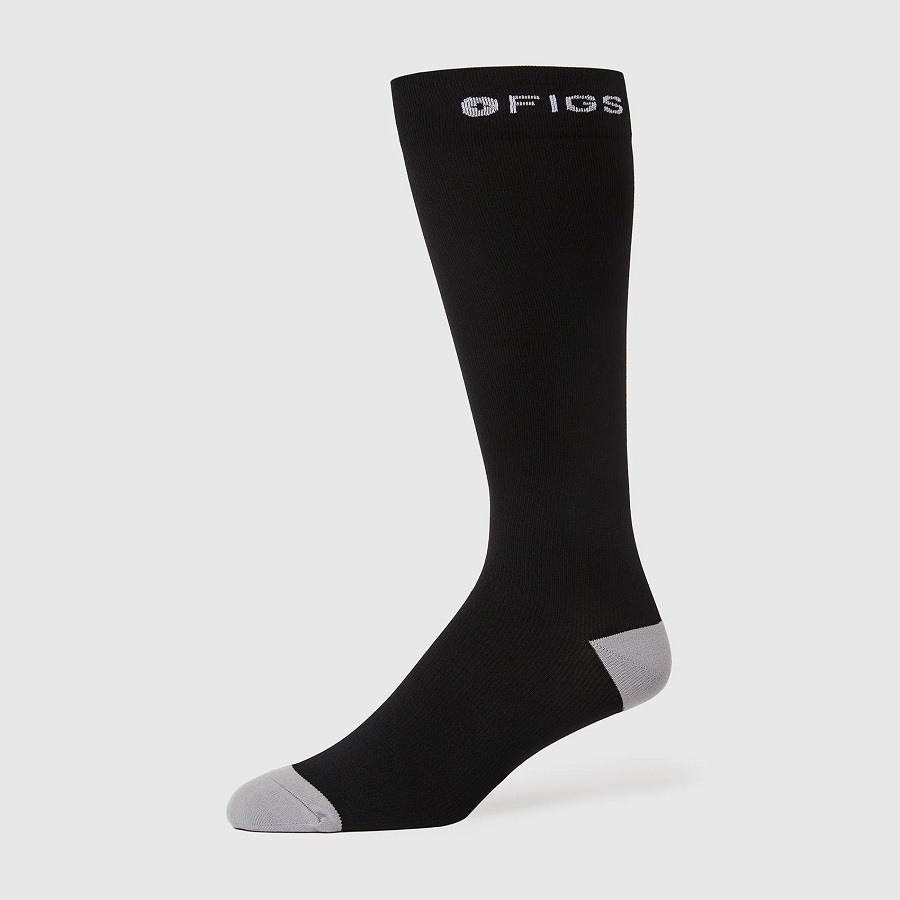
Maintaining and Caring for Your Compression Socks
To ensure your compression socks last longer and stay effective, proper maintenance is key. Here’s what you need to know about caring for your compression socks.
- Wash regularly: Clean your socks after each use to remove sweat and bacteria. Washing helps maintain the elasticity and compression level of the socks.
- Use mild detergent: Opt for gentle soap. Avoid bleach or fabric softeners as they can degrade the material.
- Hand wash if possible: Hand washing is gentler on compression socks, which can extend their life. If you prefer the machine, use a gentle cycle.
- Air dry: Lay socks flat or hang them to dry. High heat from a dryer can damage the fibers and affect their compression.
- Rotate pairs: Having more than one pair allows you to alternate between them, reducing wear and tear.
- Inspect frequently: Check for signs of wear such as thinning, holes, or stretched areas. Replace them if they no longer offer the right compression.
- Follow manufacturer’s instructions: Look at the label for specific care guidelines. These can differ based on material and brand.
By taking the steps above, you can make the most of your compression socks and enjoy their benefits over time. Proper care will lead to better performance and prolonged use, helping you stay comfortable and supported whenever you need to wear your compression socks.
Health Benefits of Regular Use of Compression Socks
The use of compression socks regularly can offer a range of health benefits. These benefits extend beyond simple comfort and can significantly improve your overall well-being. Here are some key advantages:
- Enhanced circulation: Consistent wear helps maintain better blood flow, especially in the lower limbs. This can reduce the risk of blood clots and deep vein thrombosis (DVT).
- Reduced swelling: Standing or sitting for long periods often leads to swollen legs and feet. Compression socks can help minimize this swelling by promoting fluid movement.
- Less fatigue: Improved circulation from wearing compression socks can combat legs’ heaviness and fatigue. This makes them ideal for athletes and those on their feet all day.
- Faster recovery: After intense physical activity, these socks can speed up recovery by reducing muscle soreness and swelling.
- Prevention of varicose veins: Regular use may prevent the progression of varicose veins, making it an essential part of care for those with venous issues.
- Support during pregnancy: Pregnant women find compression socks helpful for reducing edema and the discomfort of swollen feet and ankles.
- Improved comfort for travel: Long flights or car rides pose a risk of DVT. Wearing compression socks can keep the blood flowing and reduce this risk.
By incorporating compression socks into your daily routine, you can enjoy these health benefits. Always consult with a healthcare provider to ensure you choose the right compression level for your needs. Moreover, proper sizing and fit are essential to gaining the most from your compression socks. Remember to take good care of your socks to maintain their efficacy.





